An on-orbit demonstration of asteroid deflection is a key test that NASA and other agencies wish to perform before any actual need is present. The DART mission is NASA’s demonstration of kinetic impactor technology, impacting an asteroid to adjust its speed and path. DART will be the first-ever space mission to demonstrate asteroid deflection by kinetic impactor. The spacecraft will launch on a SpaceX Falcon 9 rocket out of Vandenberg Space Force Base in California.
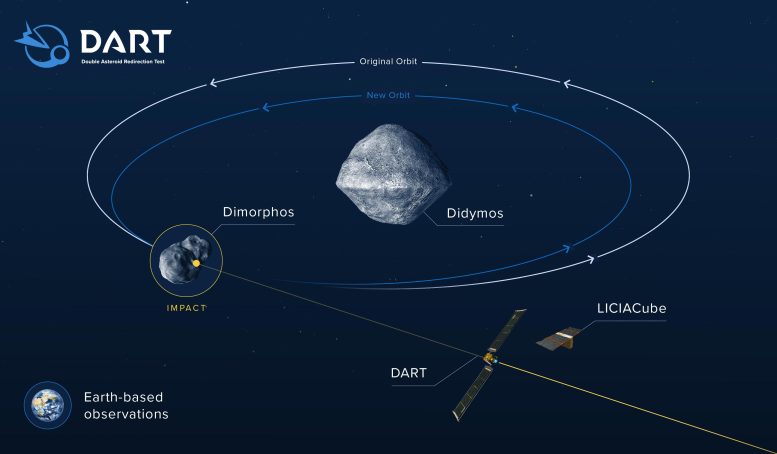
Infographic showing the effect of DART’s impact on the orbit of Didymos B. Credit: NASA/Johns Hopkins APL
DART’s target is the binary asteroid system Didymos, which means “twin” in Greek (and explains the word “double” in the mission’s name). Didymos is the ideal candidate for humankind’s first planetary defense experiment, although it is not on a path to collide with Earth and therefore poses no actual threat to the planet. The system is composed of two asteroids: the larger asteroid Didymos (diameter: 780 meters, 0.48 miles), and the smaller moonlet asteroid, Dimorphos (diameter: 160 meters, 525 feet), which orbits the larger asteroid. The DART spacecraft will impact Dimorphos nearly head-on, shortening the time it takes the small asteroid moonlet to orbit Didymos by several minutes.
Earth moves through a dangerous neighborhood.
Astronomers estimate there are about 1,000 near-Earth asteroids larger than 1 kilometer—big enough to cause a global disaster. About 90 percent of them have been identified. Far less is known about smaller asteroids. All told, about 100 tons of extraterrestrial matter falls onto Earth every day, mostly in the form of harmless dust and an occasional meteorite.
NASA’s Double Asteroid Redirection Test (DART) will be the first-ever space mission to demonstrate asteroid deflection by kinetic impactor on a binary asteroid target: the smaller asteroid of Didymos, called Didymos B. Didymos is Greek for “twin.”
DART is directed by NASA and undertaken by a team led by Johns Hopkins University Applied Physics Laboratory with support from NASA Goddard Space Flight Center, NASA Johnson Space Center, and the Jet Propulsion Laboratory. The Planetary Defense Coordination Office within NASA’s Science Mission Directorate is the lead for planetary defense activities and is sponsoring this mission.
DART is planned to intercept the secondary member of the Near-Earth Asteroid Didymos binary system in late September or early October 2022.

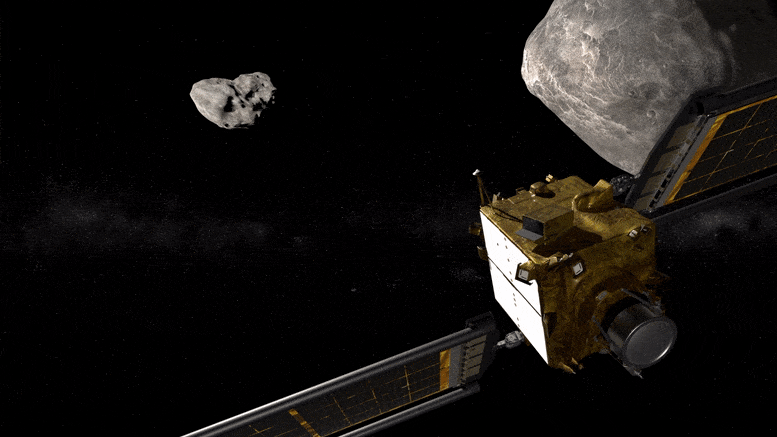
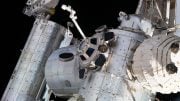

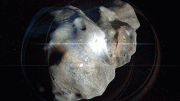

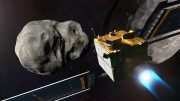
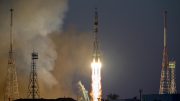
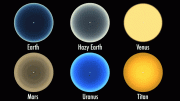

Be the first to comment on "NASA’s Double Asteroid Redirection Test (DART): Hitting an Asteroid Head On"